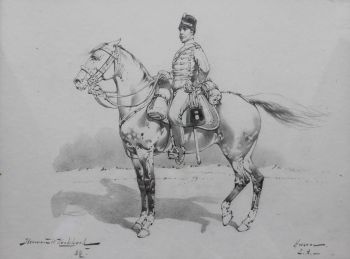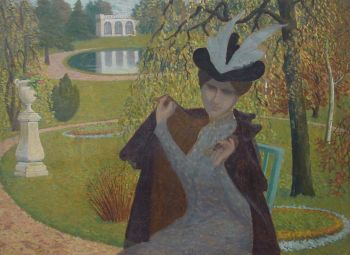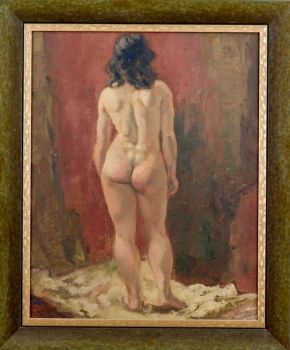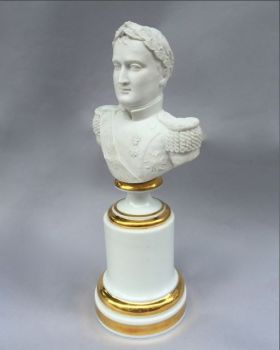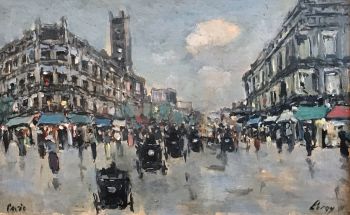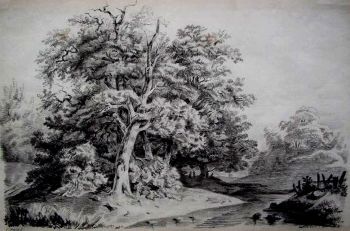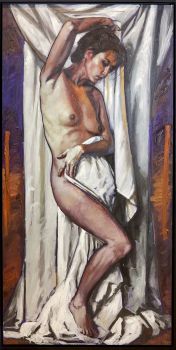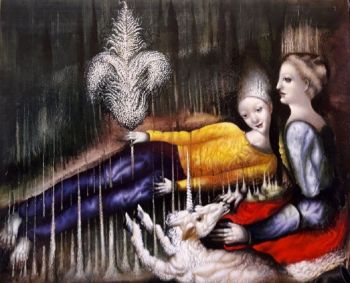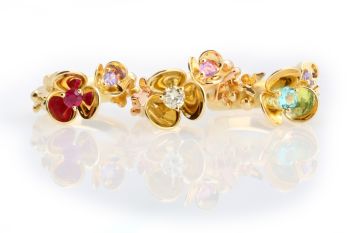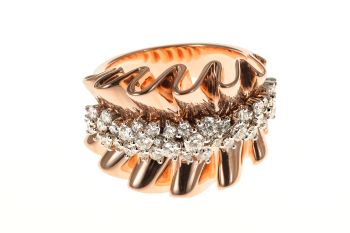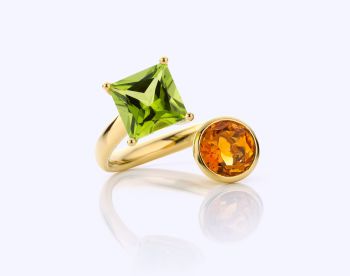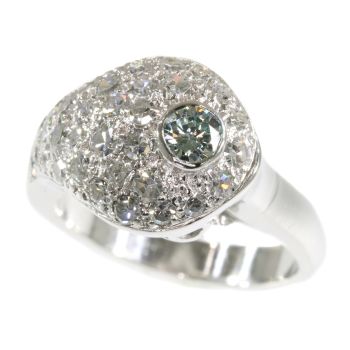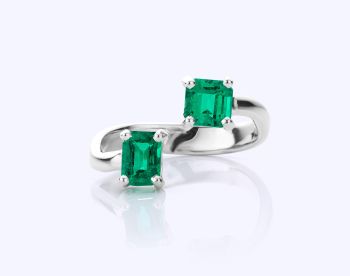About the artist
In the latter half of the nineteenth century, goldsmiths began to increasingly draw inspiration from bygone eras, embracing ancient and medieval artifacts while reviving long-forgotten techniques. In France, the styles of Neo-Gothic and Renaissance Revival gained particular popularity, coalescing into what became known as the "style cathédrale."
One of the luminaries of this design movement was Jules Wièse (1818-1890). He made the journey from Berlin to Paris in 1839, embarking on a career at the renowned atelier of jeweler and silversmith Froment-Meurice. This enterprising artisan swiftly ascended the ranks, achieving the role of workshop manager in 1844. The following year, he took the bold step of establishing his own workshop at 7 rue Jean-Pain-Mollet. Wièse soon carved a distinct niche for himself, specializing in the creation of intricately chased jewelry and objets d'art in silver and gold.
His outstanding craftsmanship did not go unnoticed. Wièse received accolades at the Exposition Industrielle of 1849, and in 1855, he was awarded a first-class medal at the Exposition Universelle. A critic, commenting on his work at the 1855 exposition, noted, "the importance of his pieces and his daring experiments reveal an appreciation of art and beauty that merits recognition by the jury, even in the most unassuming work." Wièse's remarkable skill and originality soon earned international acclaim when he was honored with a medal of distinction at the Great London Exhibition of 1862.
Wièse's work was a harmonious fusion of medieval motifs and traditional artisanal methods. He drew inspiration from the Arthurian Legend, chivalric tales, Gothic architecture, and various art forms of the time. His jewelry pieces often bore a carefully applied mercury oxide finish, lending them an antique, blackened appearance. In the case of gold items, jeweler's rouge was sometimes used to give them the look of freshly unearthed treasures.
In 1880, Jules Wièse retired, passing the reins of the workshop to his son, Louis. Described by Vever as "an exceptionally modest and truly talented artist," Louis continued to produce jewelry in the Revivalist style until the firm's closure in 1923.
Wièse's jewelry, known for its charming eccentricity and exquisite craftsmanship, remains highly coveted and sought-after by collectors and connoisseurs. Examples of his work can be found in esteemed institutions such as the British Museum, the Victoria & Albert Museum, and the Musée des Arts Décoratifs in Paris.
If you're eager to delve further into the world of this esteemed artisan, we invite you to explore our collection of Wièse jewelry online or pay us a visit at our store.


